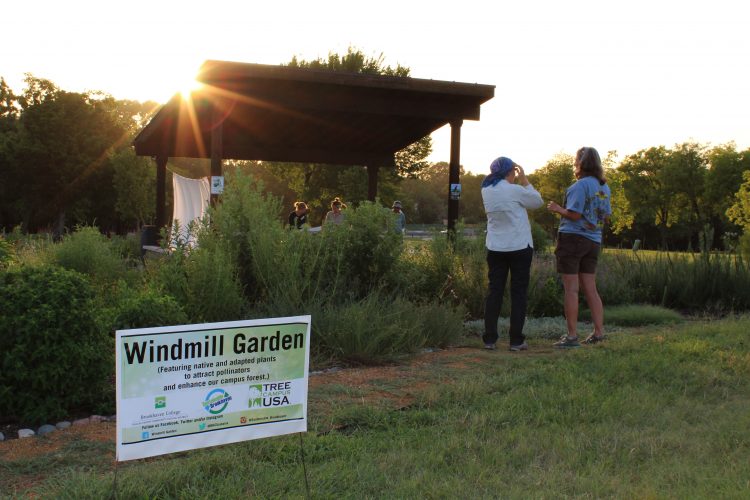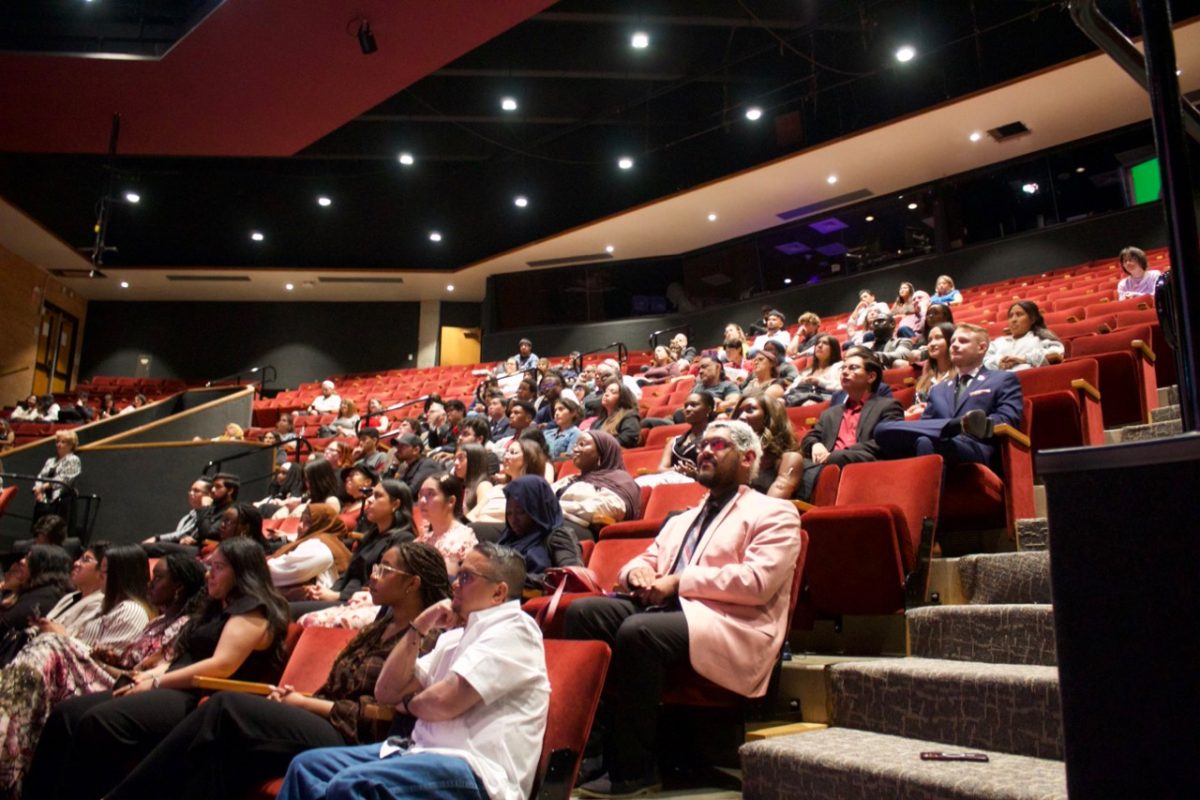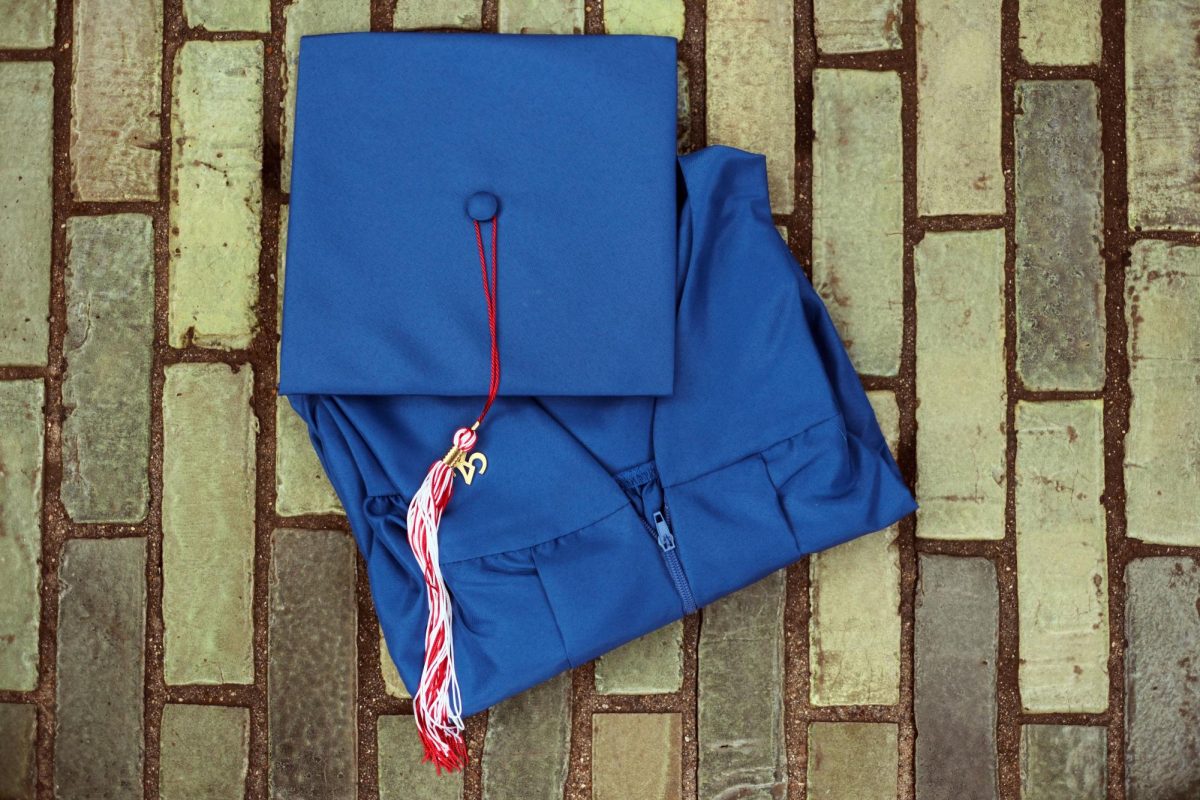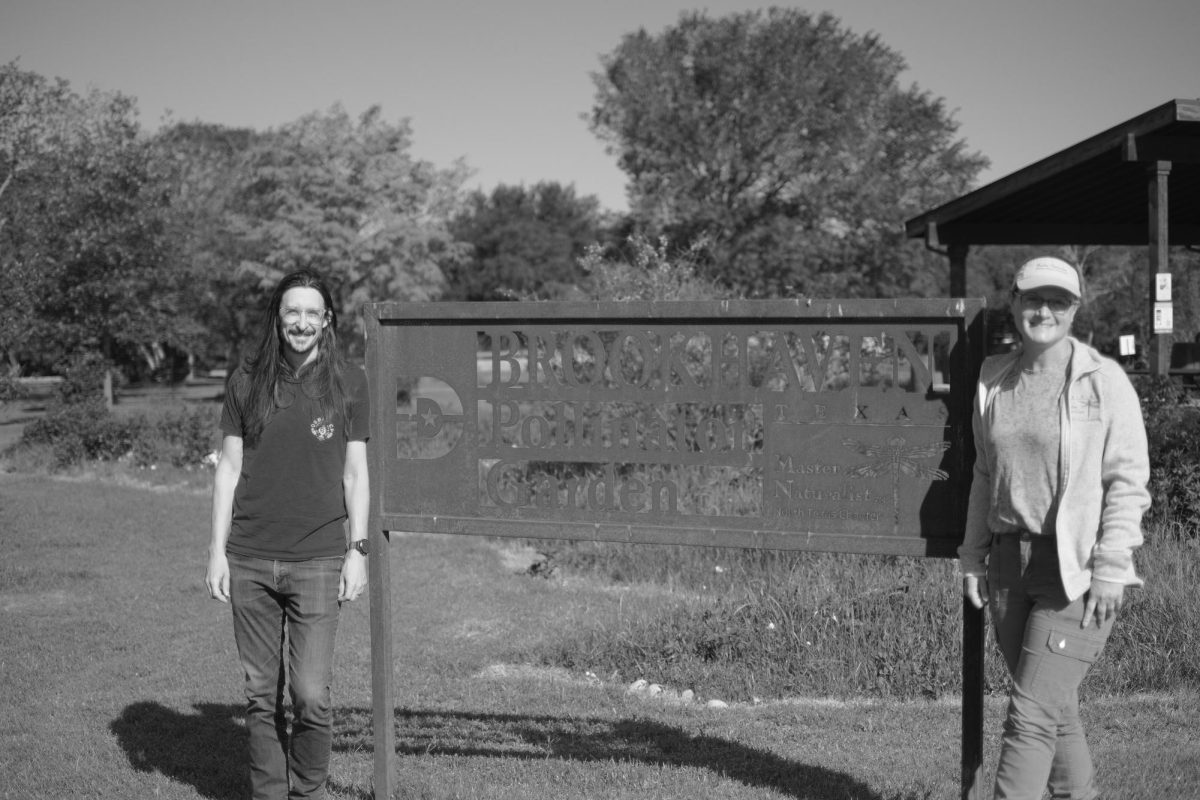Brookhaveans observed moths and other nocturnal insects during National Moth Week.
By John C. McClanahan
Copy Desk Chief

Nature enthusiasts prepare for Brookhaven College’s first Moth Night July 25 as the sun sets on the Windmill Garden.
Brookhaven College’s Windmill Garden hosted its first Moth Night over the summer. Members from North Texas master naturalist chapters used lighting experiments to attract local moth species July 25.
The event was designed as a learning experience for nature enthusiasts to closely examine the area’s moths. “It’s just nice to be able to have an environmental asset like the garden to join the environmental community in North Texas,” Carrier Schweitzer, director of sustainability, said.
Though the Windmill Garden attracts several types of butterflies, caterpillars, dragonflies and other insects during the day, Moth Night was designated for observing moths and other nocturnal bugs.
“We hope that it will be more than them just eating our sweaters,” Amy Monroy, master naturalist and English adjunct faculty, said, “Butterflies get a lot of the attention. I love butterflies, but [the moths] are out at night. So, to see them, you have to be out at night.”
WILDLIFE GUEST SPEAKER
Faculty, local wildlife enthusiasts and evening joggers huddled around the garden to witness the nature show. The event was held during National Moth Week and featured Sam Kieschnick, a guest speaker and Urban Wildlife Biologist from the Texas Parks and Wildlife Department.
The master naturalists built homemade moth light traps and placed them around the garden. They made their traps using white sheets and fluorescent, ultraviolet, black and mercury vapor lighting fixtures. To complete the attractions, naturalists hung the sheets like boat sails and sprawled them on the ground, fashioning them with different light fixtures.
Early in the evening, wind gusts knocked down a couple of the fixtures, forcing the master naturalists to reassemble the traps. Monroy said the wind was a concern for Moth Night.
“Like it is with butterflies, they’re not strong fliers, so the wind gives them problems,” Monroy said.
The warm evening breeze continued to whirl through the garden. But as the sun set, an electric generator lit the fixtures, and several insect species rushed to the lights.
Kieschnick provided attendees with his wildlife expertise as he held different moth species under the lights for them to be documented and photographed.
MOTHS AND FRIENDS
Kieschnick bent down and pointed out different bugs crawling on the sheets and flying into the fixtures. After a few minutes, he spotted the first moth species. “We have our first moth,” he said. “It’s going to blow your mind. This one is called the garden tortrix, and to me, they have a creepy clown face.”
Along with several kinds of moths, many other nocturnal creatures visited the garden’s attractions. Geckos, grasshoppers, June Bugs, Texas bow-legs, assassin bugs and several tiny insects also began to gravitate toward the lights and white sheets.
As the garden became dark, the Windmill Garden’s nightlife spun into a frenzy of winged creatures zipping around the stations. Kieschnick continued to grab different bug species and held them under the light for close observation. “I hold them just barely by the wings,” Kieschnick said. “I keep the wings sort of flat in my fingers as not to hurt them.”
Glowing fireflies also began to spark around the garden. The moths continued to be attracted to the lighting fixtures. Throughout the night, Kieschnick guided the attendees through every station and documented the insects that visited each trap.
The colorful winged creatures darted in and out of the attractions until the generator powered the fixtures off. When all the lights turned off, Moth Night came to an end.
Kieschnick said the insect turnout for the evening was excellent. “We have probably documented maybe 30 or 40 species that have come to our light traps tonight,” he said.
The data for the bugs collected at Moth Night will be placed in a naturalist database, which tracks the local distribution of all insect species, Kieschnick said.
“It’s a unique way to see what’s out here,” Kieschnick said. “I think by adjusting our perspective a little bit, we can see some really, really neat and amazing critters that we share the planet with.”
Monroy said because Moth Night was a success, the other master naturalists would be open to hosting the event again in 2018. “We plan to do more of this. So, I assume that they’re going to have National Moth Week the same week next year,” Monroy said. “We’ll be doing this here next year, too.”






